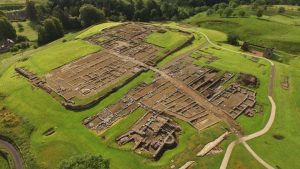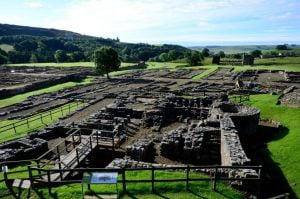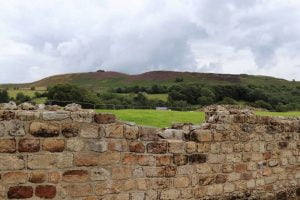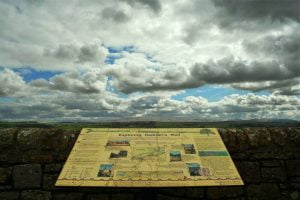
The Lake District is a picturesque region known for its stunning natural beauty, but it also has a rich history that is worth exploring.

Here’s a brief guide to the history of The Lake District and what you can expect to see during your visit.
The Lake District has a long and varied history, with evidence of human settlement dating back to the Neolithic period.

During the Roman occupation, the area was used as a mining centre, and the remains of several Roman forts and settlements can still be seen today.
In the Middle Ages, The Lake District became a popular tourist destination for the wealthy, who came to escape the noise and pollution of the cities.
So they built large country houses and gardens, many of which can still be seen today, such as Levens Hall and Holker Hall.

During the industrial revolution, The Lake District saw growth in the industry, particularly in quarries and mines.
The railway network development also brought more visitors to the area, who came to enjoy the scenery and fresh air.
One of the most famous residents of The Lake District was William Wordsworth, the Romantic poet who lived and wrote in the area for many years.

Wordsworth’s love of the Lakes inspired many of his poems, and his home in Grasmere is now a museum dedicated to his life and work.
In 1951, The Lake District was designated a National Park, and it remains one of the most popular tourist destinations in the UK.
Visitors can enjoy various activities, from hiking and cycling to boating and fishing.
The area is also home to diverse wildlife, including red squirrels, ospreys, and red deer.
When visiting The Lake District, several historical sites and landmarks are worth a visit, including the Roman fort at Hardknott, the medieval castle at Muncaster, and the homes of William Wordsworth and Beatrix Potter.
So whether you’re a history buff or simply looking for a relaxing break, the Lake District has something to offer everyone.
